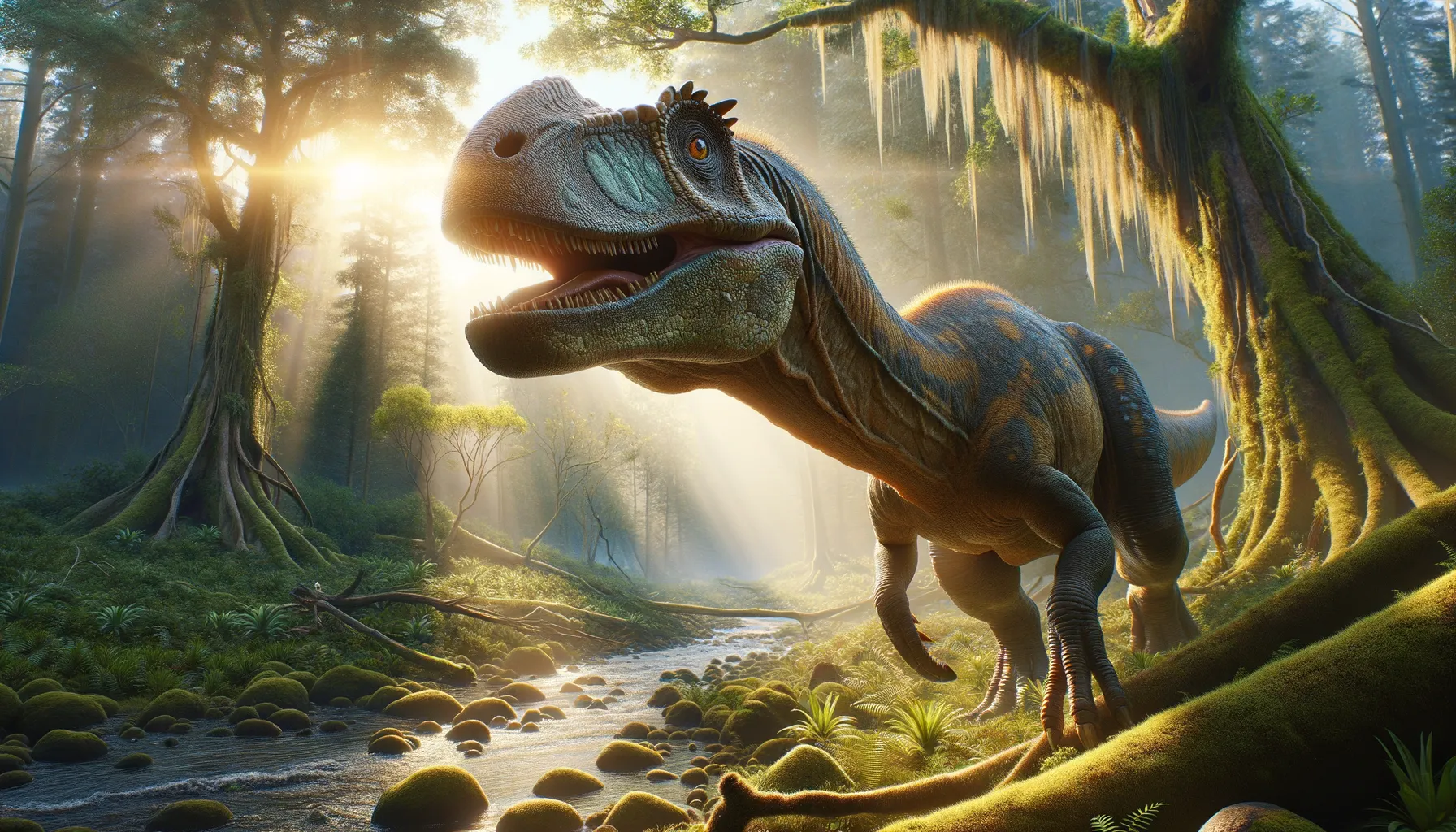
Anatosaurus
The resilient forager of ancient lands.
Period
Cretaceous
Length
Roughly 10 meters long.
Height
Approximately 3 meters tall.
Weight
Around 2 to 4 tons.
Anatosaurus, often known as the "duck-billed" dinosaur, was a herbivore that roamed ancient forests and swamps during the Cretaceous period. With a mouth shaped like a duck's bill, it was well-suited for feeding on a diverse diet of plants. Its fossils have been primarily discovered in North America. The creature is noted for its potential social behavior and migratory movement patterns, giving insights into herd living.
Diet
Anatosaurus was a herbivore, primarily feeding on vegetation prevalent in its habitat, such as leaves, seeds, and branches. It likely used its flat, broad bill to strip foliage from plants efficiently.
Hunting
As Anatosaurus was a herbivore, its 'hunting' behavior pertains more to foraging. It likely roamed in groups to graze efficiently and avoid predators. Strategically, it might have moved to different areas depending on the seasonal availability of plant resources.
Environmental challenges
Anatosaurus faced numerous environmental challenges, including climate changes and the shifting availability of food sources. Flooding and droughts could have impacted its habitat, forcing it to adapt by migrating in search of sustenance. Predators like tyrannosaurs also posed a significant threat, influencing its behavior and possibly promoting its development of social herding as a defensive strategy.
Speed
Moderate, built for steady movement rather than speed.
Lifespan
Estimated to be around 30 years in the wild.
First discovery
Discovered in the early 20th century in the USA.
Fun Facts
- Anatosaurus was a duck-billed dinosaur, known scientifically as a hadrosaur, that lived around 70 million years ago during the Late Cretaceous period.
- It had a long, flat snout that resembled a duck's bill, which helped it to clip and chew plant material.
- Anatosaurus could grow up to about 36 feet (11 meters) long, making it one of the larger herbivorous dinosaurs.
- Fossilized skin impressions suggest that Anatosaurus had a rough, pebbly skin texture, much like modern reptiles.
- Unlike many other dinosaurs, Anatosaurus had hundreds of teeth that were continuously replaced, helping it to grind down fibrous plants.
- This dinosaur likely roamed in herds, providing protection against predators, much like some large herbivores do today.
- Anatosaurus is often depicted in natural history museums due to its distinctive and recognizable shape.
Growth and Development
Young Anatosaurus grew quickly to avoid predation, reaching near-adult size in just a few years. Fossil evidence suggests that growth patterns were similar to modern reptiles and birds, with rapid growth spurred by favorable environmental conditions. Variation in size among individuals indicates that food availability and genetic factors played crucial roles in their development.
Habitat
Anatosaurus inhabited forested areas, swamps, and floodplains that were abundant during the Cretaceous period. These environments provided ample food and water resources, which were critical for its large size and herbivorous diet. The vegetative cover also offered protection from predators, supporting herd living.
Interaction with other species
Anatosaurus likely interacted frequently with other species, primarily predator and prey dynamics. Its large size and herding behavior offered protection against carnivorous dinosaurs like T. rex. It might have shared its habitat with other herbivorous species, competing for similar plant resources.
Natural lifespan
Anatosaurus could naturally live up to 30 years in the wild.
Reproduction
Anatosaurus reproduced by laying eggs in communal nesting sites, likely protected by members of the herd to reduce predation risks. The young were probably cared for within the group to ensure a higher survival rate. This social nesting behavior might have played a significant role in their population dynamics.
Social behaviour
Anatosaurus is believed to have lived in herds, which provided safety in numbers from predators. Herd dynamics might have also been crucial for navigation during migrations in search of food. Social structures within the herd likely involved coordinated movements and possible communication signals.
Fossil locations
Fossils of Anatosaurus have been primarily found in North America, specifically in regions like Montana and South Dakota. These locations have provided significant insight into the dinosaur's environment and way of life. The discovery of extensive bone beds suggests that Anatosaurus traveled in large herds.
